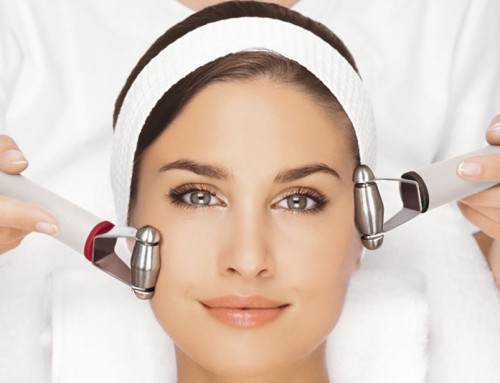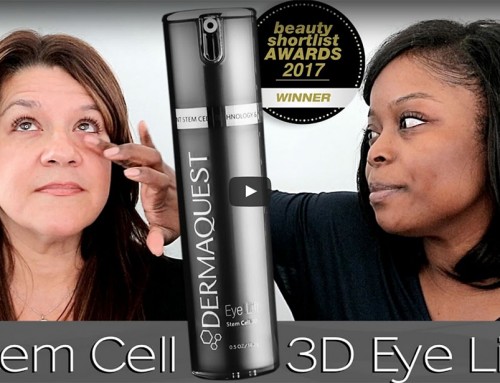There are wonderful new advances in sunblocks and sunscreens, as well as special sun protection clothing. Also available are products with which you can wash your clothing which will boost the SPF of the clothing.
What is a sunscreen?
Sunscreens are lotions, creams or gels which, when applied are absorbed into the outer layer of skin (epidermis). There, they protect our skin by absorbing or deflecting the harmful radioactive rays of the sun, similar to how a mirror reflects light.
Which is best?
The best sunscreens today combine chemical sunscreen ingredients with physical sunscreen ingredients. These combinations offer broad-spectrum protection, meaning they protect the skin from both UVA and UVB rays.
What are UVA and UVA rays?
UVA rays are the Aging rays of the sun. The intensity of these wrinkle-causing rays is the same on a cloudy cold winter morning as it is on a hot, sunny summer day. UVB rays are the burning rays which cause sunburn. The SPF (sun protection factor) number on sunscreens refers only to the UVB rays. In the US, there is scale to measure the protective factor of UVA rays.
How should the sunscreen be applied for maximum benefit?
One ounce of sunscreen per application is the recommended amount for the average-sized adult. This is equivalent to a shot glass-size. It should be applied to dry skin twenty minutes prior to exposure and should be reapplied after swimming or sweating.
Should I use a cream, lotion or gel?
There are a wide variety of products available. Facial skin deserves a high quality lotion or cream based sunscreen. Creams are best for dry skin, and lotions for normal/oily. Gels can be used on very oily skin, but because they are usually alcohol-based, they may sting upon application. For the body, a large tube of lotion with a minimum SPF 20 is a good choice. Water-resistant sunscreens are also available.
What ingredients are usually found on the labels of sunscreens?
Mexoryl, Micronized Zinc Oxide and Titanium Dioxide, Octyl Methyoxycinnamate (OMC); Oxybenzone (Benzophenone-3); Octocyrlene; Avobenzone (Parsol 1789); PABA (Paraminobenzoic Acid)rarely used anymore; Octyl Dimethyl PABA (Padimate-O); Octyl Salicyclate (OS)
Here are some links for more information on sun protective products:
• High Quality Sunscreens
Looking for a specific tip? Skintique’s own skin care expert, Pamela Farrell, is here to answer all your questions.
Content on this site is for informational purposes only and should not be considered medical advice. Please consult your physician for any medical conditions which may exist.
Copyright 2012. All Rights Reserved. This article may not be reproduced or copied in any form without express written permission. www.skintique.com




